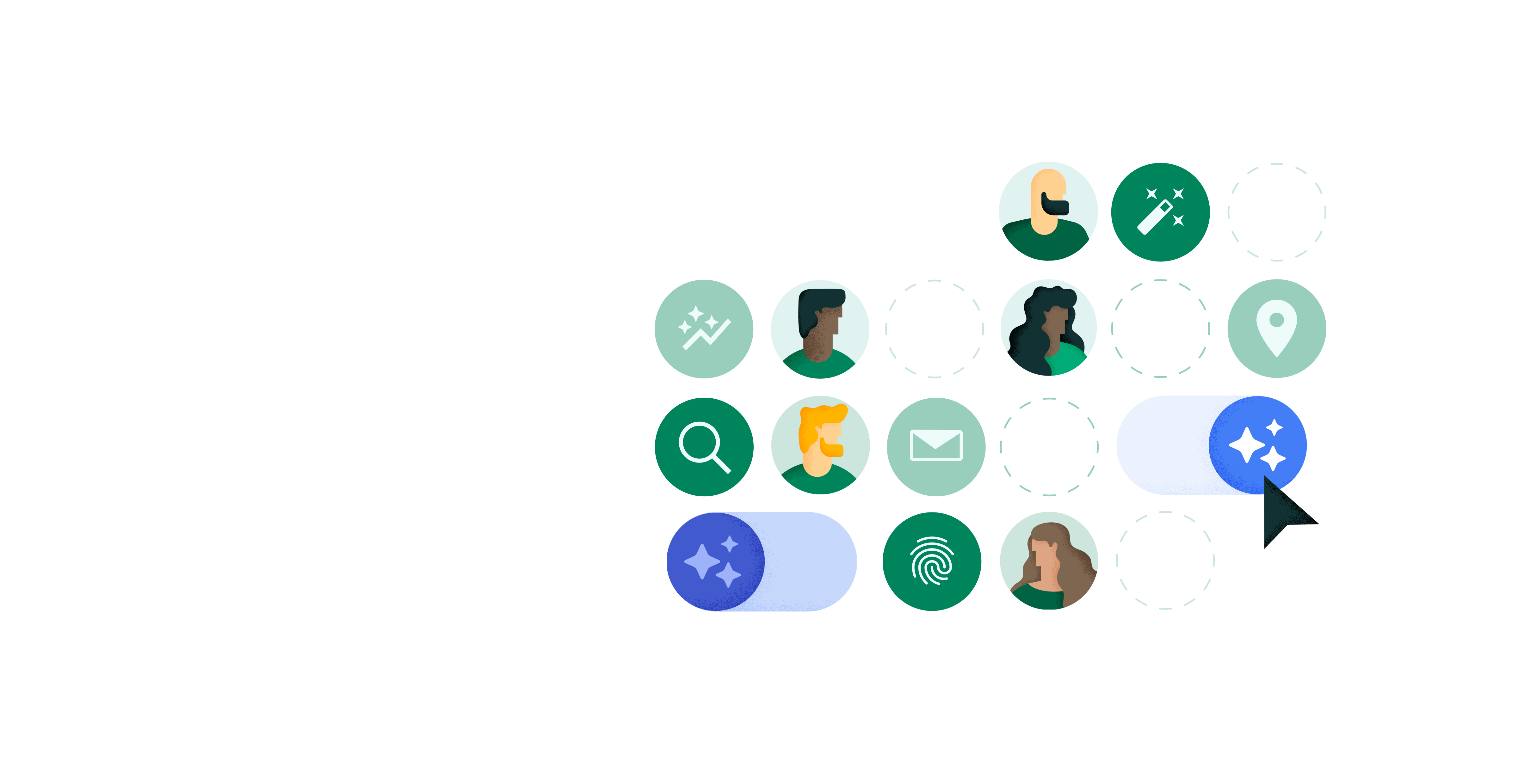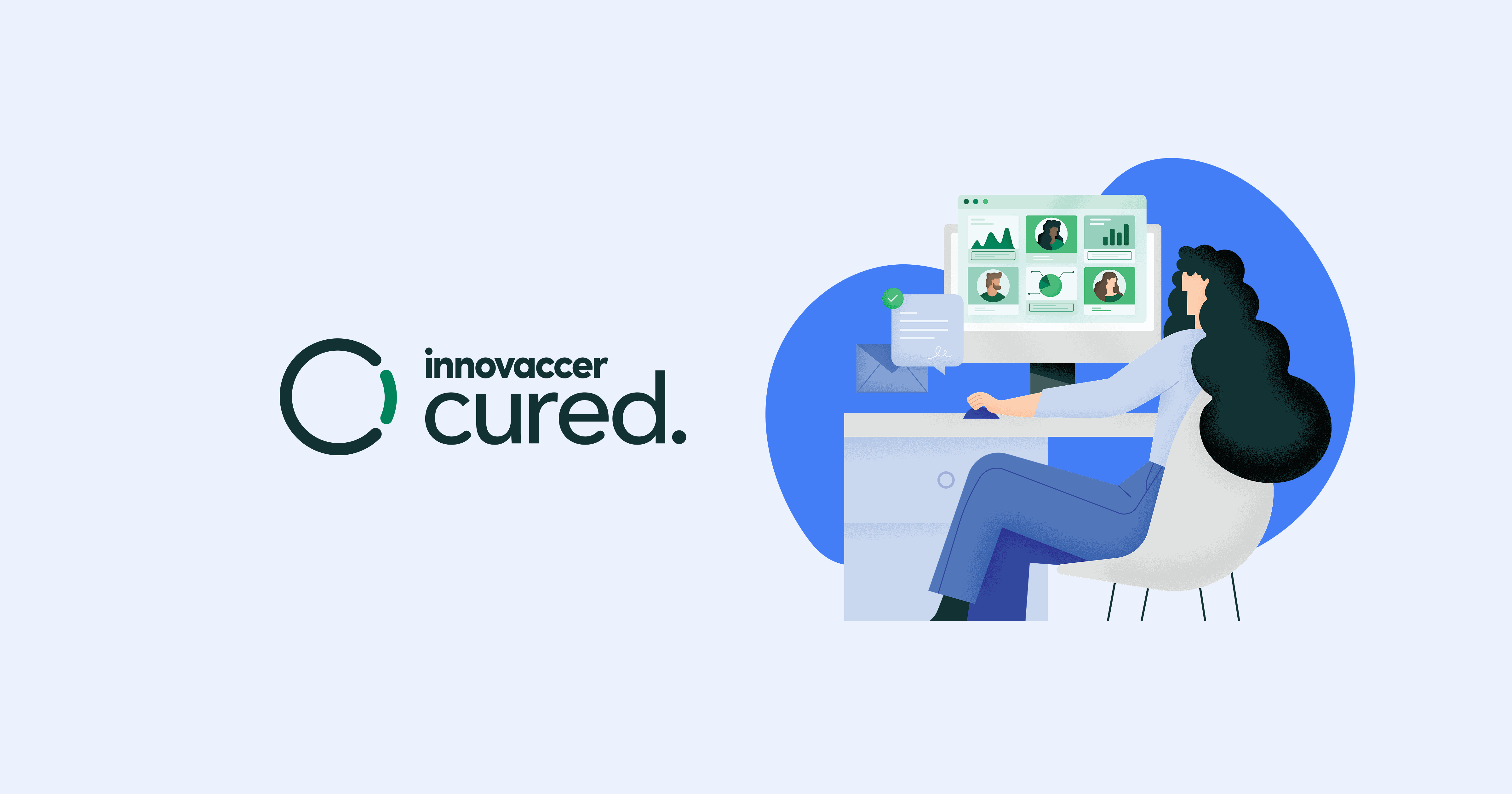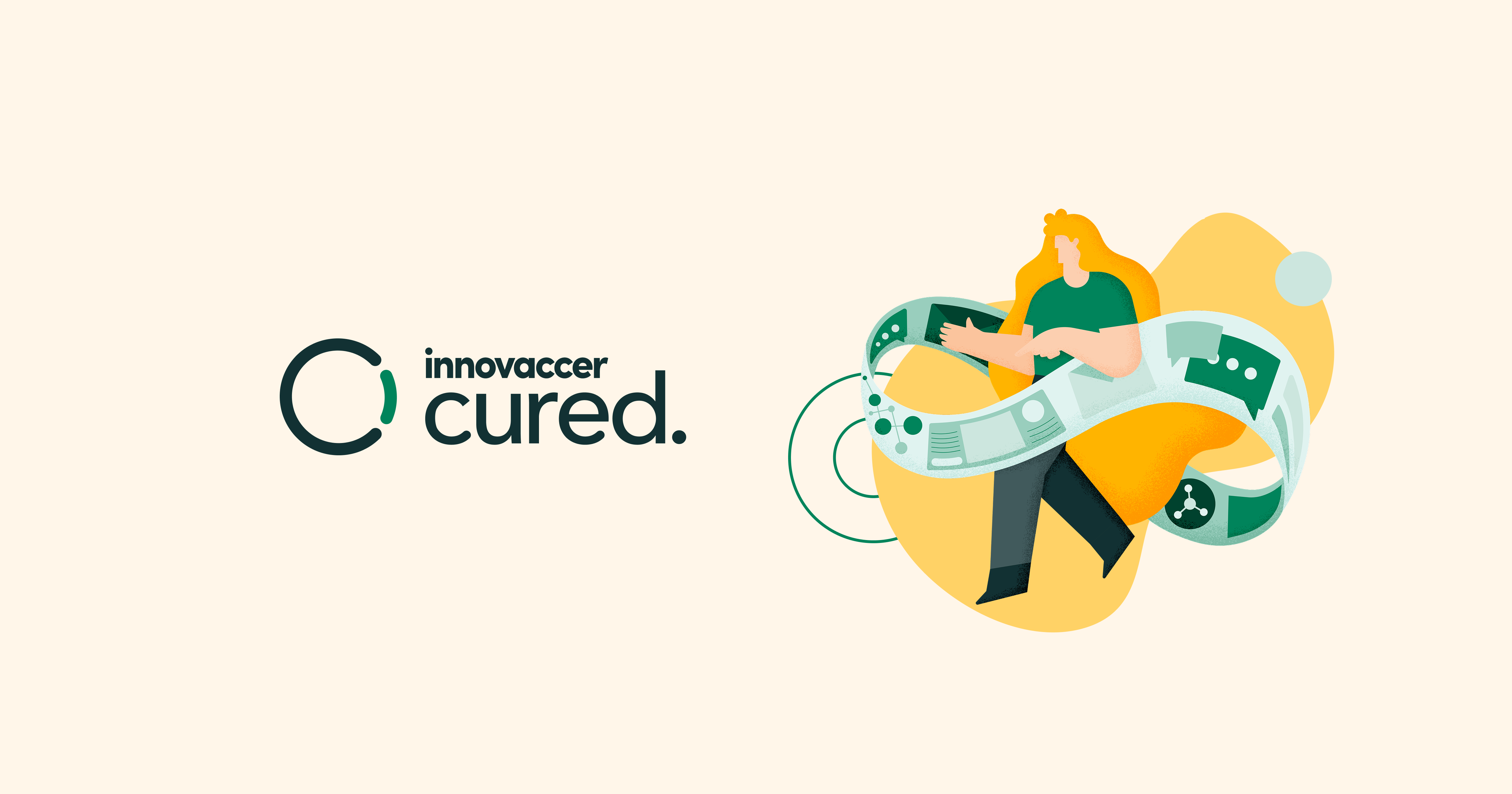building the right data foundation for patient experience

Learn how healthcare organizations can unify disconnected systems and activate patient data using a CDP to drive personalized, data-driven experiences
Exceptional patient experience doesn’t happen by chance, but through harnessing and applying data. From the moment a patient receives a referral to their final follow-up message, data informs every interaction. For healthcare organizations, building a strong foundation isn’t just about collecting data but about making it usable, connected, and actionable across the care journey.
understanding the patient data challenge
Today’s healthcare organizations sit on a mountain of data, including EHRs, call centers, marketing tools, CRM platforms, satisfaction surveys, and more. But too often, that data lives in silos. Without integration, it’s impossible to understand the full patient journey or deliver personalized experiences at scale.
Disconnected data leads to missed opportunities:
- Recommending a screening test that a patient has already completed
- Sending generic messages that don’t reflect care history
- Failing to follow up after a high-risk discharge
When systems can’t talk to each other, patients feel the disconnect, and engagement suffers.
key components of a strong data foundation
A modern, patient-centered data foundation includes several essential elements that work together to improve the patient experience
1. centralized data architecture
To create a complete picture of the patient, data must be pulled from disparate systems into a centralized, unified environment. This doesn’t mean replacing existing platforms but creating a central source of truth that can receive and return data in real time.
2. interoperability and integrations
APIs and healthcare-specific data models allow systems to stay in sync. This real-time connectivity ensures that the right message reaches the right patient at the right time, with accurate context.
3. privacy and governance built-in
Patients expect their information to be used responsibly. A strong foundation includes consent management, data stewardship, and clear governance to ensure privacy and regulatory compliance.
4. smart segmentation and triggers
Dynamic audiences enable highly targeted outreach, such as sending preventive care reminders only to patients who are overdue and likely to respond. Triggers help act in real time when someone takes or misses a key action.
5. personalized, timely experiences
From reminder timing to message content, data-driven engagement ensures patients receive communication that feels relevant, not redundant. That means more follow-through, less friction, and better outcomes.
how consumer data platforms accelerate success
By pulling all data into a unified tool like our consumer data platform (CDP), healthcare organizations can unify, enrich, and activate patient data across every touchpoint. It pulls in signals from clinical systems, digital interactions, and social determinants of health to create a real-time, 360-degree view of each patient. Then, it makes that data actionable.
With our CDP, healthcare organizations can automatically segment audiences based on risk, preferences, or engagement levels. It enables teams to trigger personalized outreach and next-best actions in real time, ensuring patients receive the right message at the right moment. Additionally, the CDP surfaces engagement metrics that help inform strategy and continuously drive better results across campaigns. Whether you’re sending care reminders, launching a new journey, or powering AI agents, the CDP ensures your data is ready to work for you.
build the foundation for better care
Data is the foundation of experience and the key to improving outcomes at scale. With a connected architecture, smart triggers, and the power of a CDP, healthcare organizations can move beyond fragmented communication to deliver truly seamless care journeys.
Ready to see how the right data foundation powers patient-first engagement?



